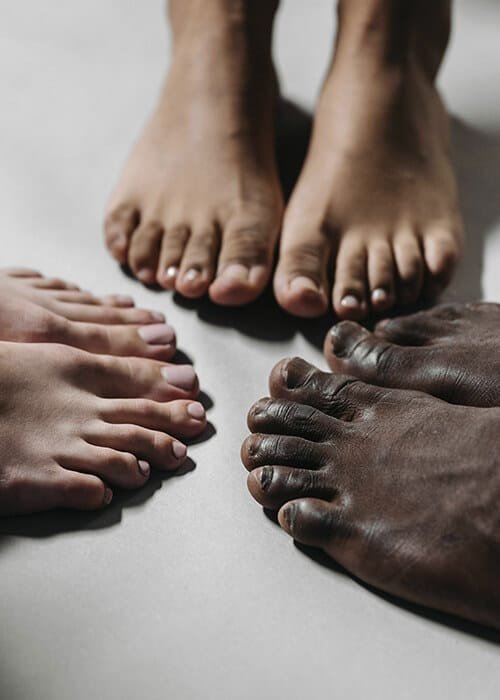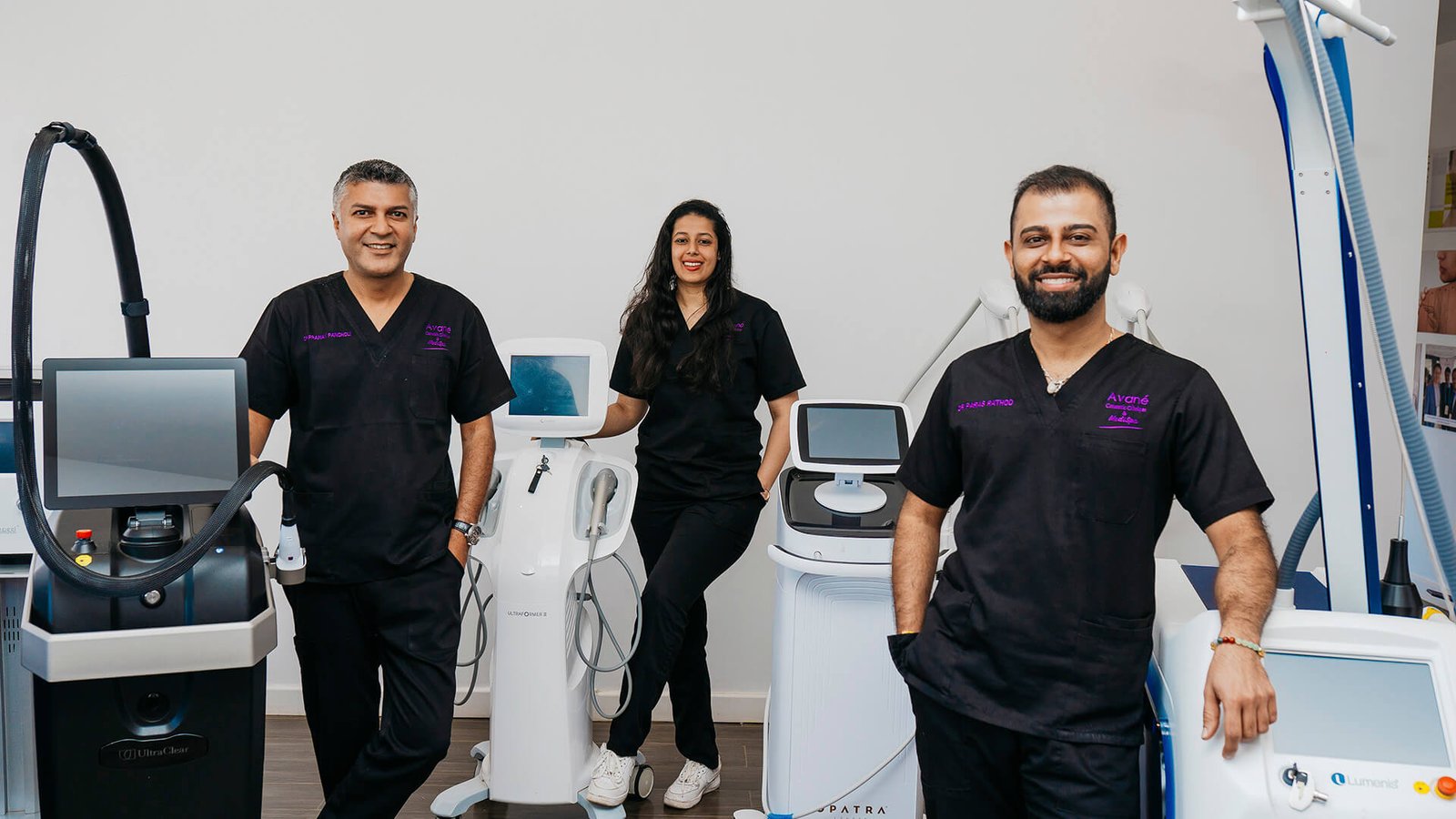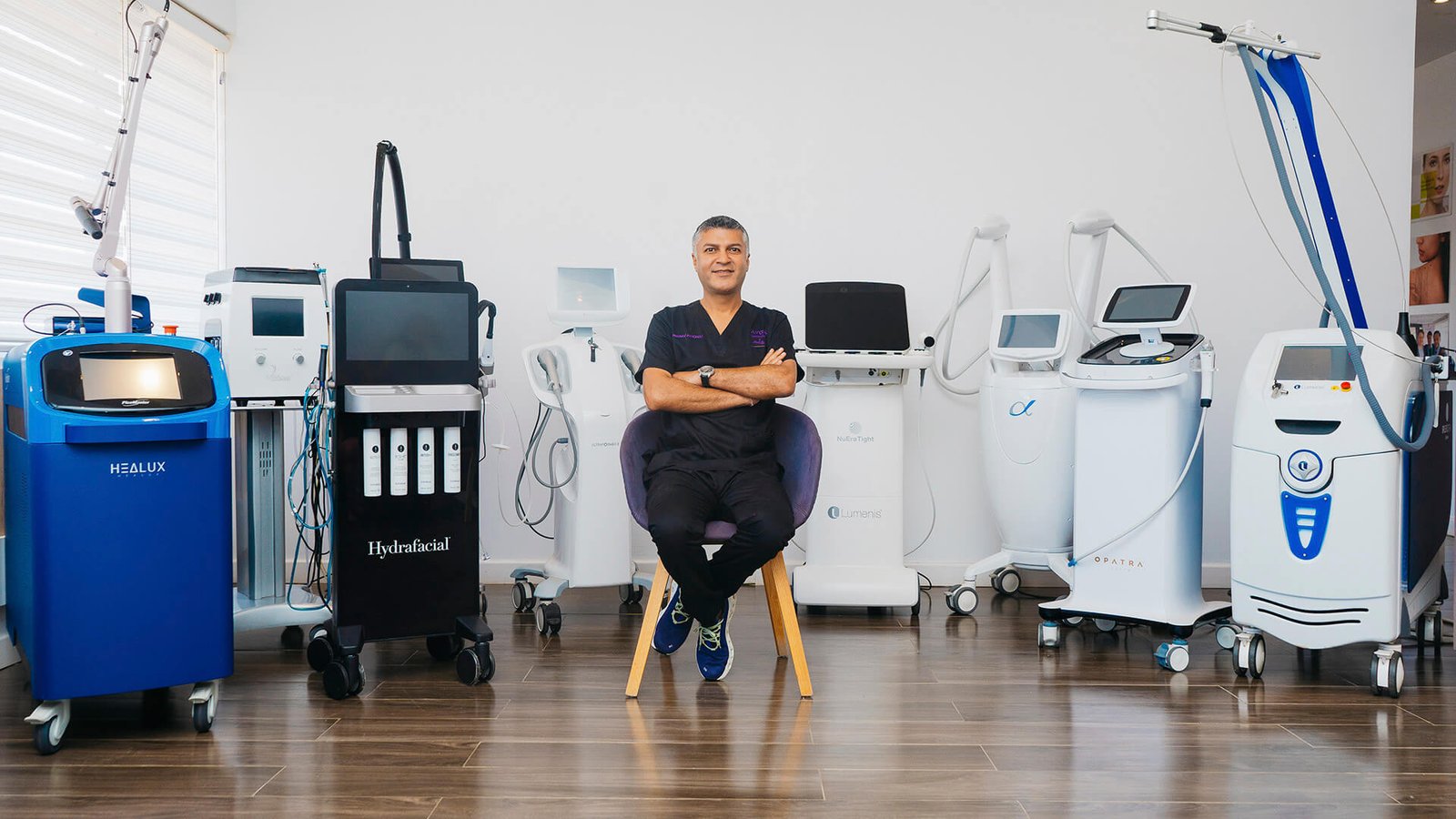It is every man’s wish to rock in some sandals or open shoes with shorts and a T-shirt, while for the ladies, wearing that bikini you love would feel nice when walking barefoot along the beach, but then as soon as you’re ready to plunge yourself into the idea, you remember your funky toenails, that the fungal infection has attacked. As much as you’d have loved to indulge in the fun, your insecurities get the best of you. We have the Nail Fungal Infection Treatment at Avane Clinic.

If you have had such an experience and fungal infections has attacked your nails, you need not let these insecurities grow in you. If you live in or near Nairobi, Kenya, Avané clinic offers fungal treatment for fungal nail infections, through laser technology. This is a treatment that will help you find the best look for your nails, and keep your insecurities at bay.
Fungal nail infection, also known as onychomycosis, is a common infectious condition that is caused by fungi such as yeast or molds. It usually causes brittle and discolored nails with crumbling on the edges. Both toenails and fingernails are susceptible to infections, though toenails are more affected. This is because toes receive less blood flow as compared to fingers. Onychomycosis is caused by an overgrowth of fungi, found on the body, especially Dermatophytes. The fungi can get into the feet through small cracks on the nails or nearby skin.
There are four types of fungal nail infections. These are:
- Distal onychomycosis – It’s the most common. Caused by the dermatophyte fungus. It grows from the nail bed, causing yellowish coloured areas that spread from the nail bed towards the centre.
- White superficial onychomycosis- It only affects the nail surface, usually the toenails. It starts as white spots, which then turn powdery and causes the nail to crumble eventually.
- Proximal subungual onychomycosis- appears as white patches at the centre of the nail bed and grow outwards towards as the nail grows. They are less common though as they affect people with weakened immune systems.
- Candid onychomycosis- It’s caused by yeast and mainly affects the fingernails. The area around the nail is usually inflamed and swollen and the nail tend to come off easily. Usually happens to nail that have been affected by another infection or injury.
The symptoms of fungal nail infections include occurrence of white or yellow patches underneath the nail, hardening and thickening of the nail, brittle nails that crumble or nails being misshapen and formation of debris under the nail. Anyone is at risk of getting infected, but men are more likely to be infected, with the elder generation being more susceptible. Wearing closed shoes all time, having a weak immune system, walking barefoot on gym and swimming pools, having foot or finger injuries or having athletes’ foot may increase the risk of one getting infected with onychomycosis. The condition is transferred, and can be passed from one toe or finger to another, and easily transmittable from one person to another.
There are several modes of treatment with include use of antibiotics and creams, but they have been less effective. Oral tablets are essentially 50% effective in the treatment of fungal infections, which doesn’t offer much hope. Moreover, one is required to maintain the treatment for at least 6 months, which raises concern on the safety of these medications and the side effects they may have such as damage to the liver. With this in mind, laser treatment has been explored for use in treatment of fungal nail infections and has been seen to have an effectiveness of up to 90% on the condition. With repeated treatment, it has been proved to totally eliminate the condition, eliciting 100% success.
We at Avané clinic have adopted the splendor X laser treatment for the condition, inline with the latest technology and the safest solution to our client’s problems.
Our treatment starts with a clinical consultation where our doctors enquire about the medical history of the clients, and try to identify the cause and duration of the infections as well as performing a physical examination on the infected areas to check on the extent and severity. We have to ascertain that indeed the patient is suffering from onychomycosis, and not just any other condition that might mimic its symptoms. Once the diagnosis has been confirmed, we explain all the possible solutions and alternatives to our client’s, based on the type and extent of the infection, and we help them decipher the best treatment. In almost all cases this happens to be the laser treatment.
Splendor X laser treatment is done on outpatient basis. It is more of a walk-in, walk-out procedure, with zero downtime. The specialist shines a beam of laser on the infected nail area and keeps it focused on the part. The laser selectively targets the fungal cells, heating them up and this destroys them. It does not affect the neighbouring skin cells; hence no damage is done to the healthy tissues. The procedure is not painful, but a slight warming effect may be felt on the area being treated. It usually takes 12 minutes on one foot or hand, hence 24 minutes on both feet or hands. In cases where the nails have thickened, we advise for surgical nail removal then use laser treatment on the area as the nail grows.
As we mentioned earlier, the procedure is extremely effective. However, one needs to have subsequent visits and treatments at our clinic to ensure optimum fruitfulness, usually within a period of about 6 months after treatment. We recommend 1-2 treatments a week for the first 3 months after the initial treatment as it is important to keep track of the progresses here. In the remaining 3 months the doctor will advise on the number of visits needed, ranging between 1 to 2 visits in 2 weeks’ time. We take photographs before and after every treatment so as to check on the progress. This is done even on the very first consultation and after the first treatment.
Laser treatment for fungal nail infections, through splendor X technology is more efficacious and has more benefits than the oral medications and creams. The procedure has no side effects, which cements its safety. It also is painless hence no ned for anaesthesia. The procedure has no downtime; hence one can easily go back to their normal routines after the treatment. It is also generally more successful and the results after treatment will leave your nails looking better than before.
Anyone, across all ages is a candidate for laser treatment, except for pregnant and nursing women, people with diabetes with certain associated conditions and patients with peripheral vascular diseases. To avoid the risk of infection, one is advised to not share personal elements with people with fungal infections, avoid wearing closed shoes frequently if they have sweaty feet, wash hands and feet often using soap, keep toenails and fingernails short and clean, wearing socks that absorb moisture and to change them frequently.
Avané clinic is located at the Yaya centre in Nairobi, and is the best place to have your fungal nail infections treated. We have client friendly prices, highly experienced specialists and medical technology that is safe and highly effective. Visit us today and let us take away your insecurities regarding your fungal nail infections.




